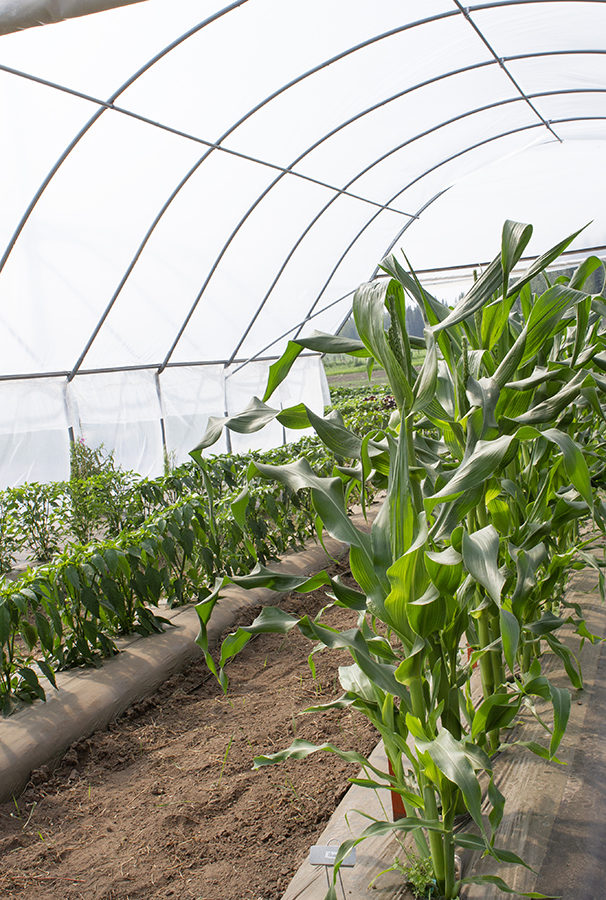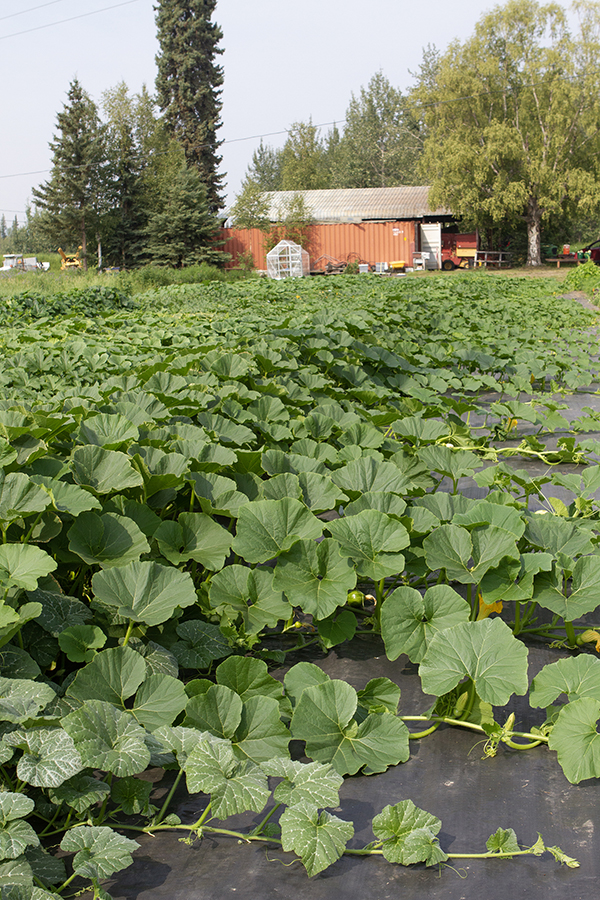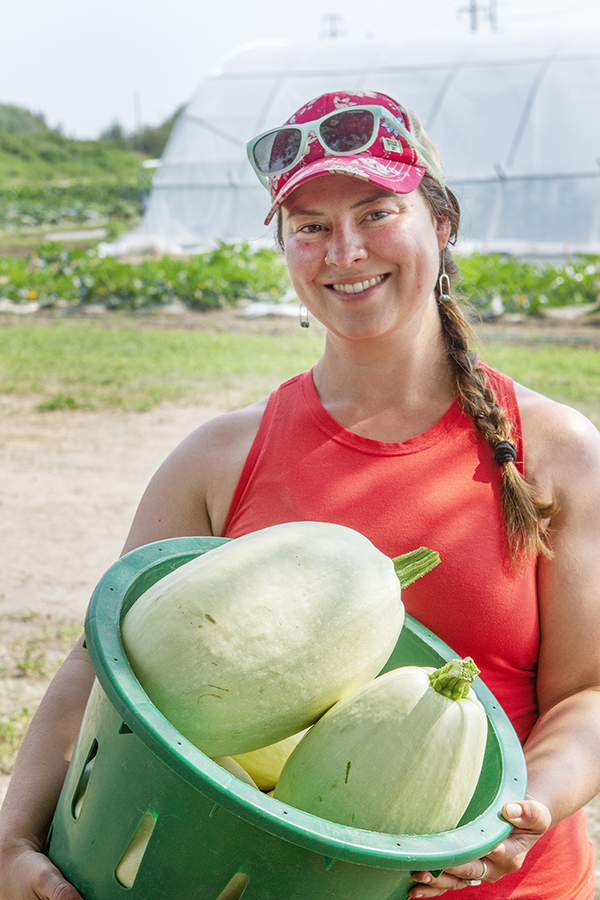Did you know that for more than 100 years plant variety trials at Alaska Agricultural Experiment Stations have tested how crop varieties perform in Alaska?

August 1, 2023
Did you know that for more than 100 years plant variety trials at Alaska Agricultural Experiment Stations have tested how crop varieties perform in Alaska?
The results of the trials are used to update cooperative extension publications, like the recommended variety list for interior Alaska, and to help local producers and gardeners select the best varieties to grow.
The background: The Fairbanks Experiment Farm, part of the Alaska Agricultural and Forestry Experiment Station, has been a key center for agricultural research in the Tanana Valley since 1906, well before the territory founded a university there. The variety trials program is a continuation of the original mission given to U.S. Special Agent Charles Georgeson in 1898, who was sent to Alaska to explore the agricultural potential of the state by the U.S. Department of Agriculture.
- Georgeson established 7 Agricultural Experiment Stations in Alaska. The first one was in Sitka, the capital at that time. Other stations included Kenai, Rampart, Copper Center, Kodiak, Fairbanks and Matanuska. Fairbanks and Matanuska are the only two remaining experiment farms.
- The purpose of setting up these experiment stations was to learn which crops would grow best, to develop techniques for crop production and to share knowledge with residents.
- The Fairbanks Experiment Farm was established in 1906 and in 1931 it was incorporated into the Alaska Agricultural College and School of Mines (renamed the University of Alaska Fairbanks in 1935). The farm includes 260 acres of cropland and 50 acres of forest land for research and demonstration projects.
- The Troth Yeddha’ campus sits where it is today because Georgeson selected the south-facing, gently sloped land, with its rich loamy soil as being an ideal location for agricultural research.
- Research is conducted by a diverse group from the experiment station, other UAF research institutes and universities, and agricultural agencies. The results are made available for free to the public.
- The Georgeson Botanical Garden is also located on the farm.




Why does this matter? Simply put, variety trials help growers make decisions about which crops or varieties to plant in their gardens or on their farms. Variety trials are an important tool in choosing the right crops and varieties for local climate and field conditions. Following the crop recommendations can significantly increase agricultural success while avoiding the expense of investing in poorly adapted or poorly performing varieties.
- Currently, researchers at the Fairbanks Experiment Farm are testing more than 120 varieties of 17 different crops including artichokes, carrots, sweet corn, beets, beans, hot peppers, winter squash, garlic, tomatoes, potatoes, kale and more. The public can also submit requests for specific crops and/ or cultivars to be studied.
- Conducting local variety trials helps identify varieties that can minimize crop loss due to pests or disease, maximize yields, fill key market and production niches, and identify the best varieties currently available as new varieties are developed and others are discontinued.
- If a variety is especially promising, researchers evaluate it for five growing seasons. Findings are released in a free annual report, which includes photos, yield data, and taste test results of all the varieties grown that season.
The big picture: This research remains vital today as researchers determine the best growing techniques and varieties suited to a changing climate.
- The climate in Fairbanks and Alaska is changing. Northern-latitude regions around the world are warming faster than temperate zones. Alaska has warmed more than twice as rapidly as the rest of the United States. Farm weather records show that its growing season has lengthened by three weeks over the past 49 years, from 1970 to 2019.
- The Cooperative Extension Service recommended varieties list has been updated based on these changing conditions. For example, one historically-recommended beet variety no longer grows well, and new varieties identified through these trials have replaced it.
- This year researchers are comparing field-grown tomatoes against high tunnel-grown tomatoes, as warmer temperatures are making outdoor-grown tomatoes more viable. Tomato trials have been frequently requested by the public in recent years.
- The farm is poised to address the ever-changing needs of Alaskans, including greater food security, site-based education, and farm training for an increasing number of new and beginning farmers.
Growing the research: The variety trials research conducted at the Alaska Agricultural and Forestry Experiment Station is grant funded. The most recent grant cycle provided funding to expand to farm-scale operations. This means instead of small-scale, hand-maintained plots, the program can use farming equipment like tractors and bed shapers to evaluate more crops in larger, replicated plots. It also means the program has been able to exponentially increase in size and better address stakeholder needs.
- The trial program itself is an iterative research program. It's meant to always be growing, developing and answering questions as they arise, as well as carrying on the tradition of testing what grows best in Alaska.
Learn more about the Fairbanks Experiment Farm & variety trials
- Glenna Gannon Variety Trials 2023 You Tube Video
- Georgeson Botanical Garden research
- UAF Cooperative Extension Service Facebook
